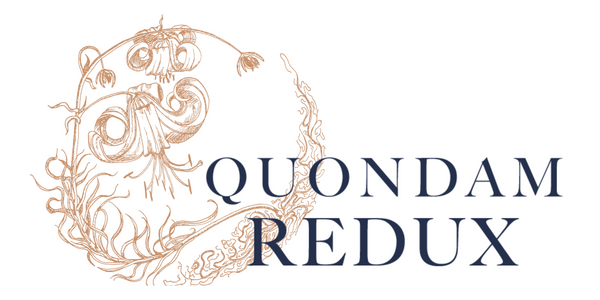
The Copenhagen Porcellain Decorating Workshop was founded in 1883 and was acquired by the wholesaler company Holst & Knudsen in 1924. Holst & Knudsen imported whiteware porcelain from Germany to Denmark and decorated and sold it there. German porcelain was difficult to import during the great depression, so Holst & Knudsen established its own porcelain manufacturing in Denmark. From it first years of production, the factory was using the Kjøbenhavns Porcellains Maleri (KPM) mark. Production lasted until 1969. In 2011, Christian Elving acquired from all rights and designs from KPM and reopened the Danish Porcelain Manufactory (then named Lyngby Porcelæn) in 2012, restarting production of old designs. This bowl is a KPM piece, custom decorated in 1956 for a specific client, whose name appears on the bottom along with the producers markings.
Dahl Jensen, a Danish sculptor and designer was born 1874 and lived until 1960, known best for his porcelain sculptures under his own name and for Royal Copenhagen. After attending the Royal Academy of Fine Arts in Copenhagen, he worked as a master molder for Bing and Grøndahl, the biggest porcelain producer in Demark at the time, and he gained fame for his animal sculptures. Bing and Grøndahl, purchased by Royal Copenhagen in the 1980s, still manufactures some of Jensen’s Art Nouveau figurines. In 1917, Jensen served as artistic director for Porcelænsfabrikken Norden AS, a producer of industrial ceramics and tablewares that ceased production in the 1980s. He also created a number of small bronze sculptures that were exhibited in Berlin, Charlottenborg, Malmö, Munich, and San Francisco. In 1925, he founded Dahl-Jensen Porcelainfabrik with his son in Copenhagen where they produced figurines and a series of crackleware vases, pots and bowls. It was during the early years that Jensen developed the Crackle glaze shown here. Jensen exported most of his production to Italy and the United States. Dahl-Jensen was assisted by his wife and later his son Georg Dahl-Jensen and his son and daughter. Production continued until 1981.



















